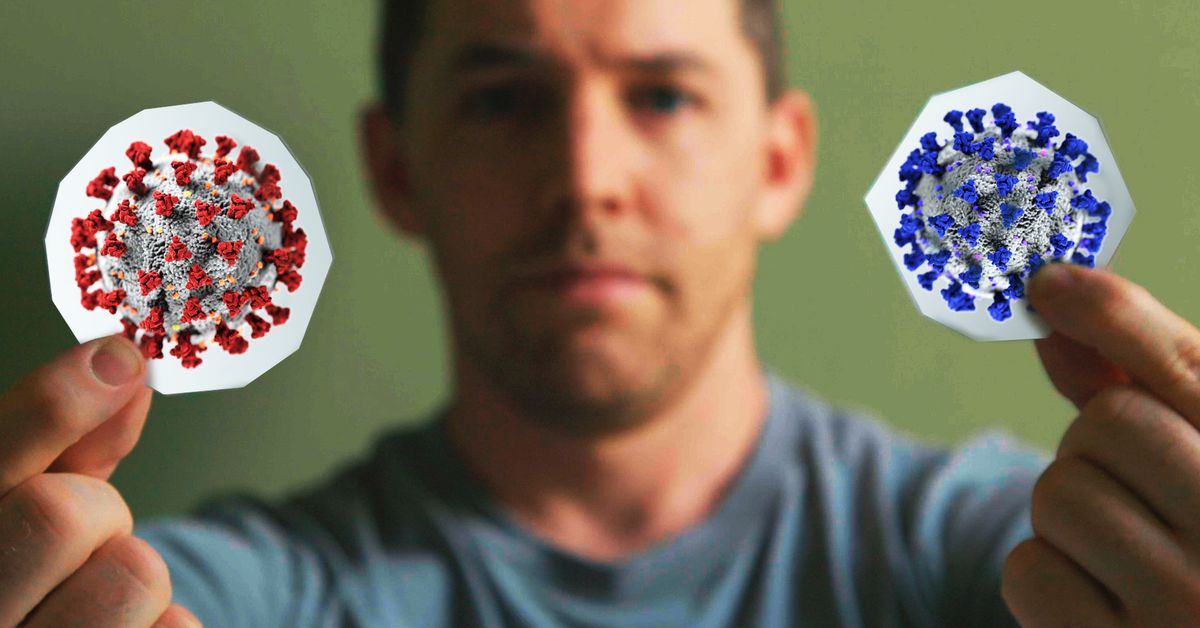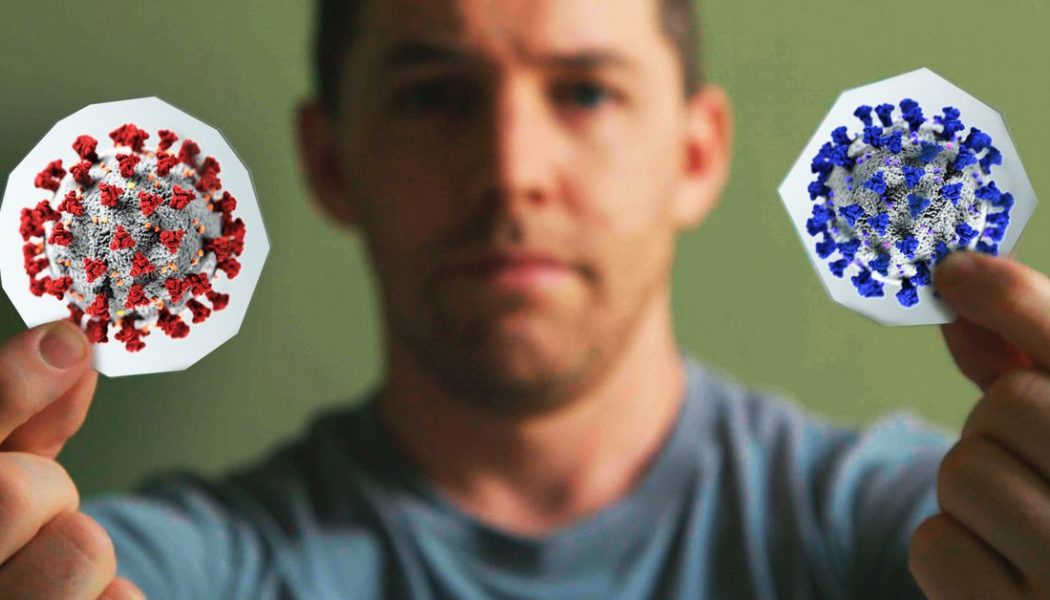
Over the past few weeks, the occasional breathless news reports have warned that the novel coronavirus is mutating or that there are multiple strains of the virus circling around the globe. That sounds concerning. If the virus is changing, that could imply that it’s getting worse — but that’s not the case. Although it’s true that the virus is mutating, that doesn’t mean it’s getting more dangerous.
When the virus first emerged in Wuhan, China, its genome had a certain sequence of around 30,000 nucleotides, the building blocks of genetic material. A handful of those nucleotides changed as the virus spread from person to person because the mechanism the virus uses to make copies of itself sometimes makes mistakes. But those changes haven’t made the virus behave any differently, scientists say.
In the latest Verge Science video, we explore how mutations happen, what they mean for the coronavirus, and how scientists are using them to track COVID-19 around the globe.










